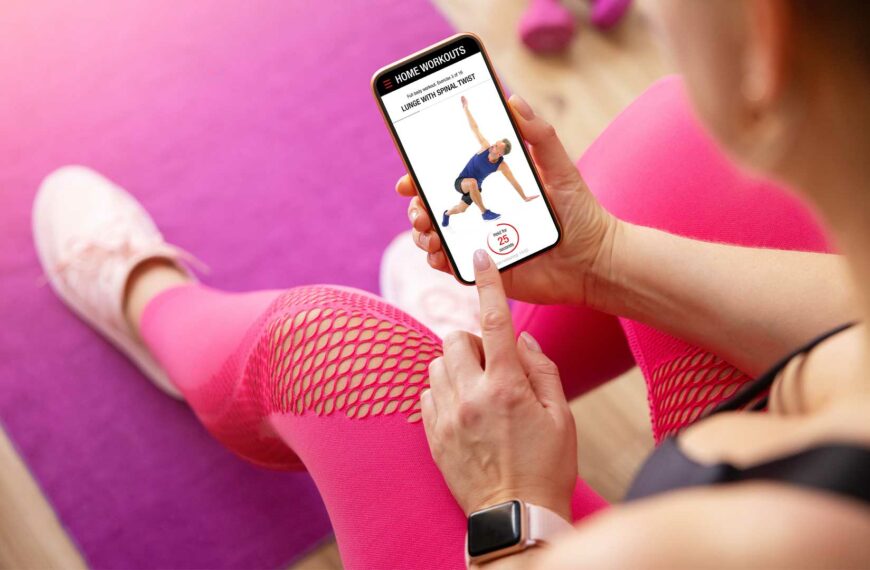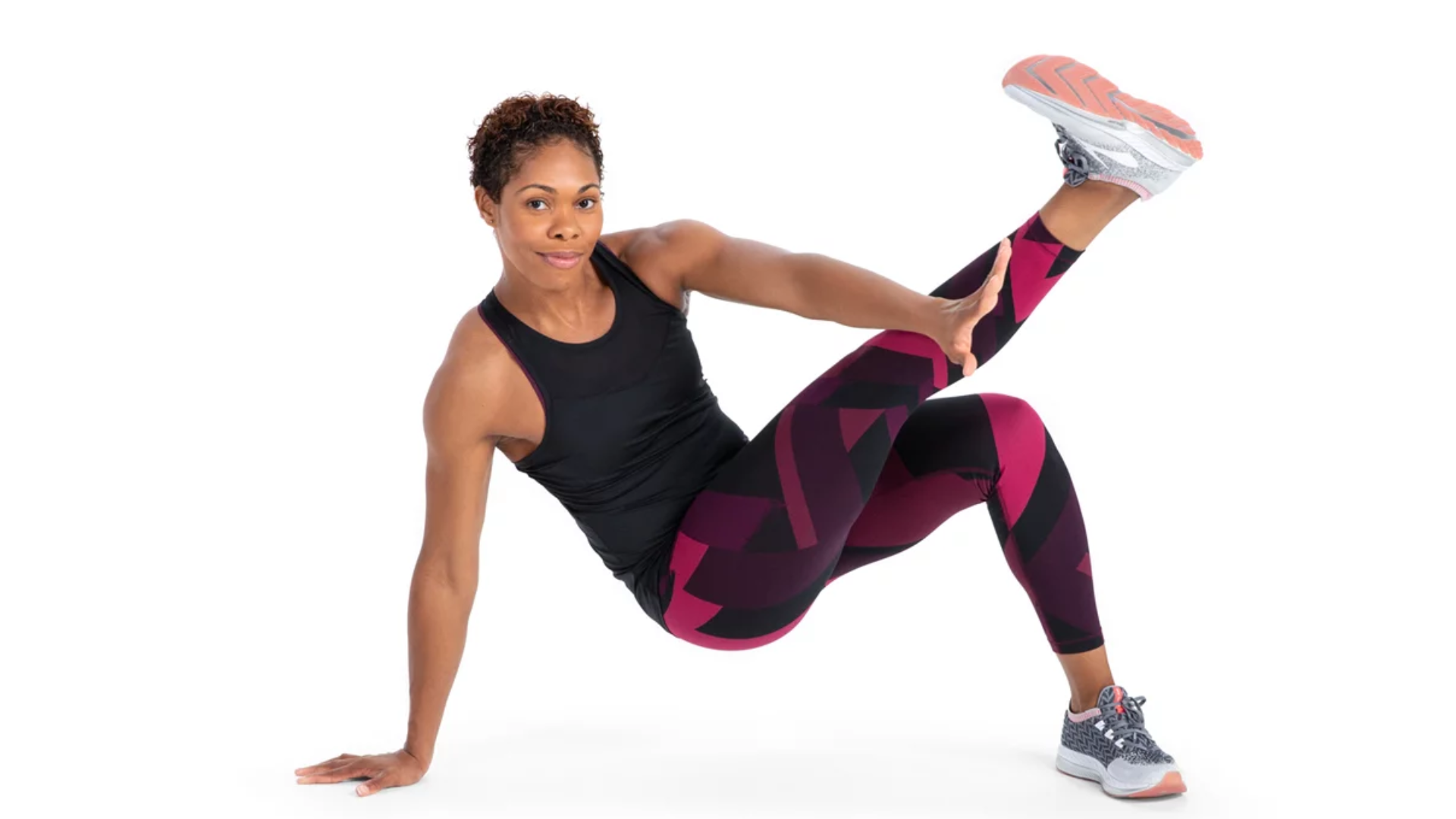Image Source: Dani Winks Flexibility
Are you looking to improve your core strength? Then core compression exercises should be an essential part of your workout routine. These exercises are designed to contract your abdominal muscles, drawing in your belly button and up towards your spine while exhaling forcefully. In this article, we will explore the benefits, variations, techniques, and modifications of core compression exercises to help you achieve maximum effectiveness.
Benefits of Core Compression Exercises – Improves core stability and strength – Reduces the risk of injury during physical activity – Can improve posture and balance Variations of Core Compression Exercises – Plank variations (e.g. side plank, reverse plank) – Bird dog – Dead bug Techniques for Core Compression Exercises – Engage core muscles by drawing belly button towards spine – Maintain a neutral spine and avoid arching or rounding – Breathe deeply and steadily throughout exercise
What are the Variations of Core Compression Exercises?
Here are some variations of core compression exercises that you can incorporate into your workout routine:
| Exercise | Description |
|---|---|
| Plank | Start in a push-up position, but instead of lowering yourself to the ground, hold yourself up in a straight line from head to heels. |
| Side Plank | Start in a plank position, then rotate your body to one side, lifting your hips off the ground and supporting yourself with one arm. |
| Leg Lifts | Lie on your back and lift your legs off the ground while keeping them straight. |
| Crunches | Lie on your back and lift your upper body towards your knees. |
| Bicycles | Lie on your back and bring your opposite elbow to your opposite knee in a cycling motion. |
What are Core Compression Exercises?
Core-compression exercises are designed to strengthen your core by engaging your abdominal muscles. The exercises involve drawing your belly button towards your spine while exhaling forcefully. These exercises are essential for improving posture, stability, reducing the risk of injury, alleviating lower back pain, improving athletic performance, and strengthening back muscles.
What are the Benefits of Core Compression Exercises?
Core compression exercises offer several benefits, including:
- Improved posture
- Increased stability
- Reduced risk of injury
- Alleviation of lower back pain
- Improved athletic performance
- Stronger back muscles
| Benefit | Description |
|---|---|
| Improved posture | Core compression exercises help improve your posture by strengthening the muscles that support your spine. |
| Increased stability | Strong core muscles help you maintain balance and stability during physical activities. |
| Reduced risk of injury | A strong core can help prevent injuries by providing support and stability to the spine and surrounding muscles. |
| Alleviation of lower back pain | Core-compression exercises can help alleviate lower back pain by strengthening the muscles that support the spine. |
| Improved athletic performance | A strong core is important for athletes as it helps improve their balance, stability, and power. |
| Stronger back muscles | Core compression exercises help strengthen the muscles in your back, which can improve your posture and reduce the risk of injury. |
What are the Variations of Core Compression Exercises?
Here are some variations of core compression exercises that you can incorporate into your workout routine:
Plank
The plank is a popular variation of core compression exercises. To perform a plank, start in a push-up position, but instead of lowering yourself to the ground, hold yourself up in a straight line from head to heels.
Side Plank
The side plank targets the oblique muscles. To perform a side plank, start in a plank position, then rotate your body to one side, lifting your hips off the ground and supporting yourself with one arm.
Leg Lifts
Leg lifts involve lying on your back and lifting your legs off the ground while keeping them straight.
Crunches
Crunches involve lying on your back and lifting your upper body towards your knees.
Bicycles
Bicycles involve lying on your back and bringing your opposite elbow to your opposite knee in a cycling motion.
What are the Techniques for Proper Form?
Proper form is essential to getting the most out of your core compression exercises. Here are some techniques to ensure you’re performing them correctly:
- Keep your back straight: Whether you’re performing a plank or a crunch, it’s essential to maintain a straight back to avoid straining your neck or lower back.
- Engage your core: The key to core compression exercises is to contract your abdominal muscles. Focus on drawing your belly button in and up towards your spine to ensure you’re engaging the right muscles.
- Breathe properly: As you contract your abdominal muscles, exhale forcefully to ensure you’re maximizing the effectiveness of the exercise. Inhale as you release the contraction.
- Start slow: If you’re new to core compression exercises, start with easier variations and work your way up to more challenging exercises as your strength improves.
What Modifications Should I Consider for Safe Exercise Practices?
Core compression exercises are generally safe for most people. However, if you have an injury or medical condition, you may need to modify the exercises or consult your doctor or physical therapist before starting a new exercise routine. Some modifications to consider include:
- Avoiding exercises that cause pain or discomfort
- Reducing the intensity or duration of the exercises
- Using props, such as a yoga block or stability ball, for support
How Can I Get Real-Time Feedback on My Form?
To ensure you’re performing core compression exercises correctly, consider using the Merlin app. This virtual personal trainer gives real-time multilingual and visual feedback on form and posture during the exercise, capturing your movements in real-time on the mobile phone camera. With Merlin, you can be confident that you’re performing the exercises correctly and getting the most out of your workout.
Conclusion
Core compression exercises are an effective way to strengthen your core and offer several benefits. With variations such as planks, side planks, leg lifts, crunches, and bicycles, there’s a core compression exercise for everyone. Remember to focus on proper form, engage your core, breathe properly, and start slow. And if you have an injury or medical condition, make sure to consult your doctor or physical therapist. With these techniques and tools, you’ll be well on your way to a stronger, healthier core.
FAQs
What is a core compression exercise?
It’s a move that targets all major abdominal muscles.
Who can benefit from core compression exercises?
Anyone looking to strengthen their core and improve posture.
How often should I do core compression exercises?
Aim for 2-3 sessions per week with at least 48 hours rest in between.
What are some variations of core compression exercises?
Planks, bird dogs, side planks, and bicycle crunches.
How long should I hold a core compression exercise?
Start with 10-15 seconds and work your way up to 30-60 seconds.
What if I have lower back pain while doing core exercises?
Modify the exercise or consult a professional for proper form and technique.
Core Compression Exercises by Merlin Fit
The Merlin App by Merlin Fit plays a valuable role in guiding users through the Core Compression Exercise, ensuring that they perform it effectively and safely. This exercise primarily targets the core muscles, helping to strengthen the abdominal region and improve overall stability. Here’s how the Merlin App assists users in performing the Core-Compression Exercise:
First and foremost, the app provides detailed step-by-step instructions on how to perform the Core-Compression Exercise correctly. Through text and visual cues, it explains the proper body positioning, movement sequence, and breathing technique required for this exercise. Clear and concise guidance helps users understand the fundamentals of the exercise, reducing the risk of injury and ensuring they maximize its benefits.
Additionally, the AI real-time feedback feature in the Merlin App is especially beneficial during the Core-Compression Exercise. As users engage in the exercise, the app uses AI algorithms to analyze their form and technique. If any deviations or mistakes are detected, the app provides instant feedback, often through voice prompts or visual cues, to correct the user’s posture or movement. This ensures that users maintain the proper alignment and contraction of their core muscles, which is crucial for the exercise’s effectiveness.










